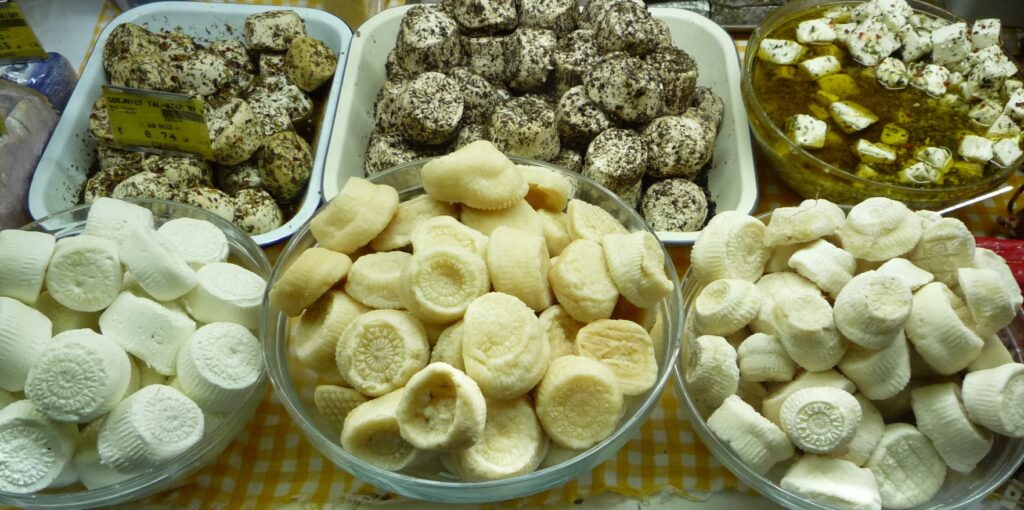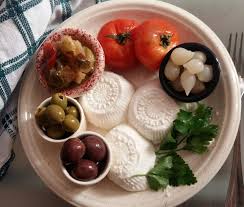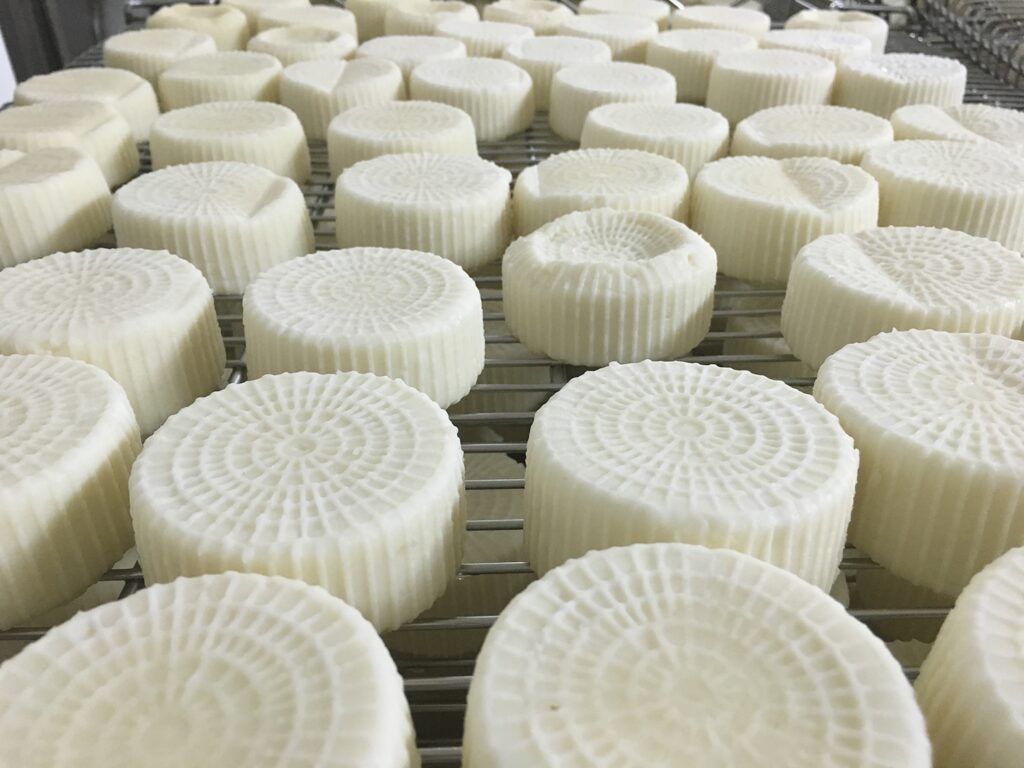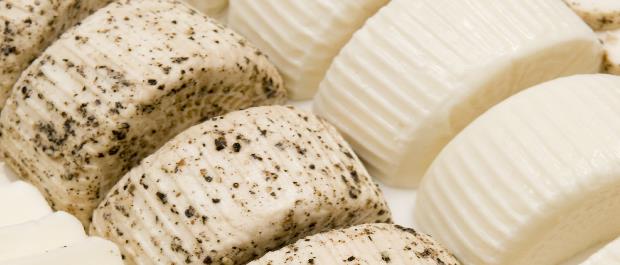Table of Contents
ToggleA Taste of Tradition: Exploring Maltese Gbejna
Few foods capture the heart of Maltese cuisine quite like gbejna. This small, round cheese may look humble, but it carries centuries of tradition and a flavour profile that tells the story of rural Malta. Whether fresh, dried or peppered, gbejna remains one of the island’s most beloved and distinctive foods.
What Exactly Is Gbejna
Gbejna is a traditional Maltese cheese typically made from sheep’s milk, although today cow or goat milk is sometimes used. It is shaped in small baskets known as qassiet, which give it its iconic ridged texture. The cheese can be enjoyed in several stages of maturity, each offering its own character.
The three most common varieties are:
- Fresh gbejna known as gbejna friska which is soft, delicate and slightly tangy.
- Dried gbejna known as gbejna moxxa which is aged until firm and more concentrated in flavour.
- Peppered gbejna known as gbejna tal bzar which is coated in cracked black pepper and often air dried.

A Culinary Staple of Maltese Life
Traditionally, gbejna was produced in small batches on family farms. Shepherds would turn their fresh milk into cheese daily, using simple techniques passed down through generations. Because Malta’s climate is warm and its terrain dry, creating cheese that could be preserved was essential for survival. Dried and peppered varieties were especially practical because they kept for long periods.
Today, gbejna remains deeply woven into Maltese food culture. You will find it in village markets, at local festa stalls and on the menus of both rustic and modern restaurants. Many households still enjoy making it at home, especially in rural areas where the tradition thrives.
How Gbejna Is Made
Although methods vary slightly from family to family, the core process remains beautifully simple. Fresh milk is warmed gently, then rennet is added to help it curdle. Once curds form, they are ladled into the qassiet baskets to drain naturally. Fresh gbejna is ready within a day, while aged versions are left to dry for weeks in cool, airy spaces.
Dried and peppered gbejna develop deeper flavours as they mature. The drying process concentrates the cheese, giving it a firmer texture and a savoury richness. When coated in pepper, it gains an additional layer of warmth and aromatic spice.

Ways to Enjoy Gbejna
One of the joys of gbejna is its versatility. It can be eaten by itself, on a cheeseboard or as part of countless Maltese dishes. Fresh gbejna is often drizzled with olive oil, sprinkled with herbs or paired with tomatoes and crusty Maltese bread. Its mild creaminess makes it ideal for salads or sandwiches.
Peppered gbejna offers a bolder experience and is delicious with wine, olives and sun dried tomatoes. It can also be crumbled over pasta, baked into pies or served alongside traditional soups. Aged gbejna has an almost Parmesan like intensity and can elevate everything from risottos to savoury pastries.
Gbejna in Modern Maltese Cuisine
While gbejna remains a symbol of rustic, pastoral Malta, it has also found a place in contemporary cooking. Chefs experiment with it in tasting menus, pairing it with honey, citrus, local herbs and even infused oils. Urban delicatessens now sell artisanal versions made with innovative techniques while still honouring the authenticity of the original craft.
This blend of tradition and creativity has helped gbejna retain its relevance in a fast changing food landscape. Whether enjoyed in a countryside kitchen or a modern restaurant, it continues to evoke nostalgia while offering new culinary possibilities.

Why Gbejna Matters
Beyond its flavour, gbejna represents heritage, resourcefulness and community. It embodies the connection between Maltese people and their land, animals and seasonal rhythms. Each bite is a reminder of simpler times when food came directly from the farm and recipes were treasured guardians of family identity.
In an age of mass production, foods like gbejna serve as anchors to cultural memory. They remind us that cuisine is more than sustenance. It is history, identity and celebration.
Maltese gbejna is much more than a cheese. It is a story told through texture and taste, a link to the island’s pastoral roots and a proud symbol of traditional craftsmanship. Whether you prefer it fresh and creamy or firm and peppery, gbejna offers a delicious snapshot of Malta’s culinary soul.




